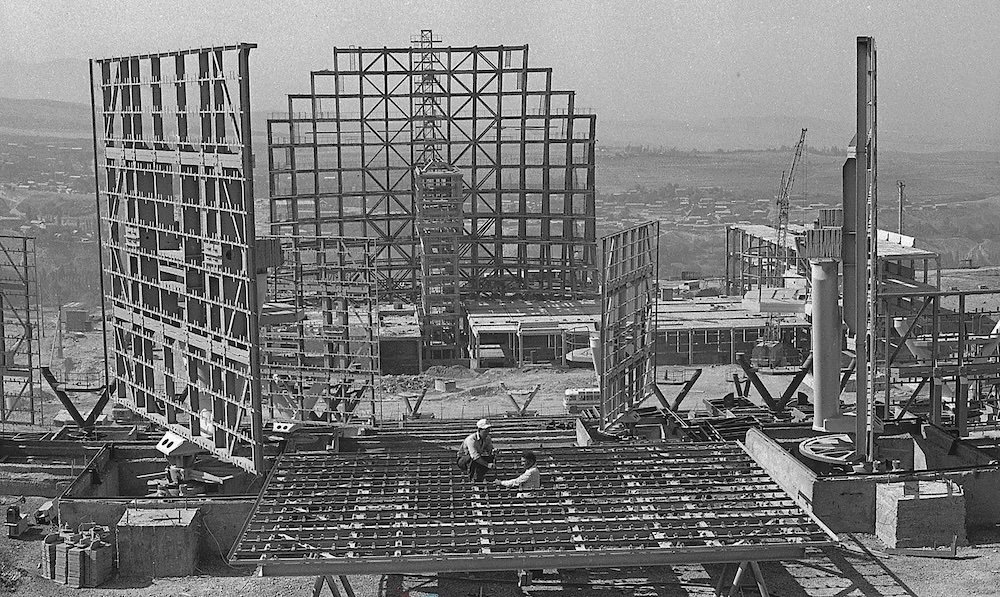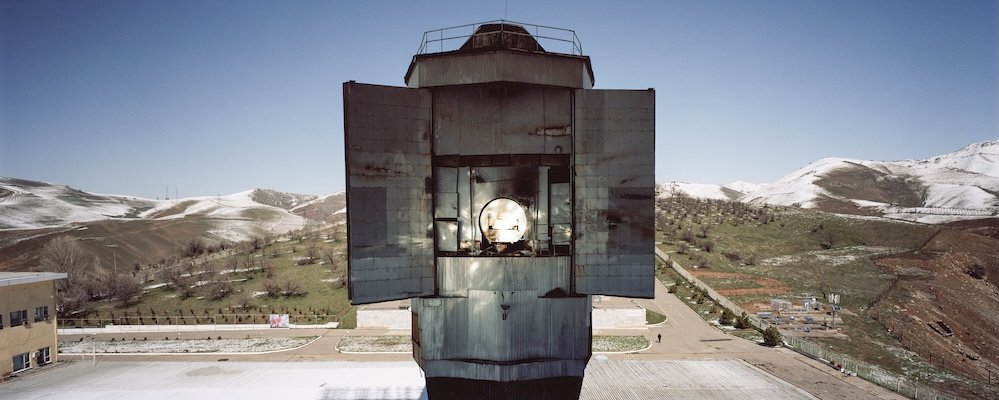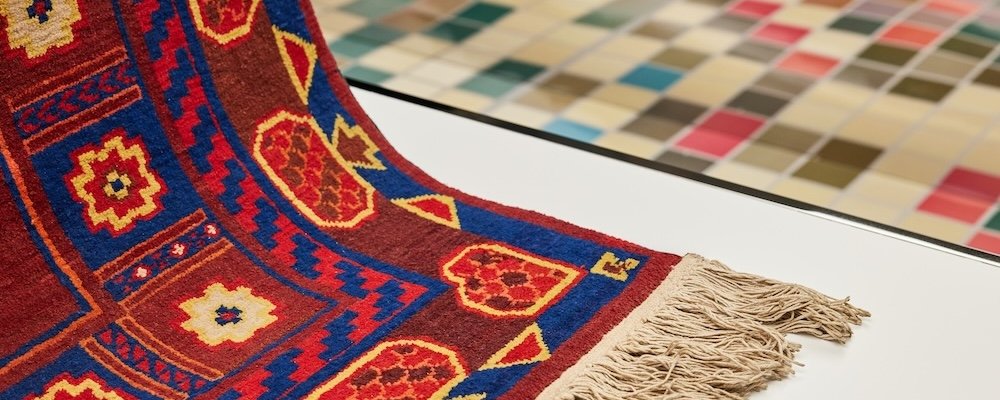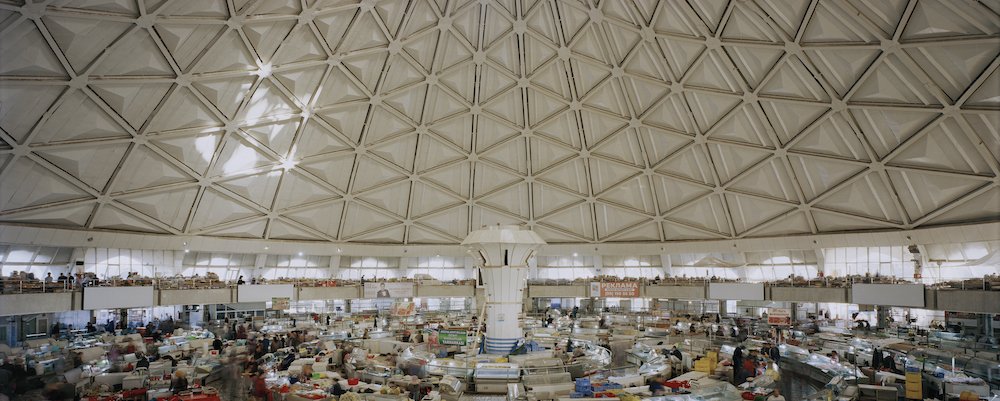Exploring Solar Modernism
At this year’s 19th International Architecture Exhibition – La Biennale di Venezia, Uzbekistan Pavilion Unveils A Matter of Radiance.
At the Biennale di Venezia, Uzbekistan shines a spotlight on an architectural and scientific relic of its Soviet past with A Matter of Radiance. Held at the Uzbekistan National Pavilion in the Arsenale, the exhibition explores the history and future potential of the Sun Institute of Material Science—an experimental site built in 1987 near Tashkent that continues to challenge ideas about modernist architecture, sustainability, and technological innovation.
Revisiting a Solar Legacy
Commissioned by Gayane Umerova, chairperson of the Uzbekistan Art and Culture Development Foundation (ACDF), and curated by GRACE (Ekaterina Golovatyuk and Giacomo Cantoni), the pavilion examines the Sun Institute’s complex legacy. Originally known as the Sun Heliocomplex, the site was one of the final large-scale scientific projects of the USSR and houses one of only two solar furnaces worldwide built to study material behaviors under extreme temperatures.
Although the furnace served its intended purpose for fewer than five years, the surrounding architecture and infrastructure have persisted for nearly four decades, evolving into an important touchpoint for Uzbekistan’s modernist heritage. A Matter of Radiance not only reflects on this evolution but also considers how the Institute can be repurposed as an international scientific hub—aligning with Uzbekistan’s growing focus on environmental protection and green technologies, particularly as the country prepares to mark 2025 as the “Year of Environmental Protection and the Green Economy.”
Fragments of a Forgotten Future
Anchoring the exhibition are physical remnants from the Sun Institute, including a heliostat, control room furnishings, façade sunscreen components, and lighting fixtures. Some of these objects have been reconstructed while others were transported directly from Uzbekistan and adapted for the installation.
This collection of artefacts underscores the Institute’s multifaceted character, revealing both its scientific ambitions and its cultural afterlife.
Complementing these fragments are six new works by German photographer Armin Linke. Positioned on two mirror-testing tripods from the Institute itself, Linke’s images capture architectural nuances while foregrounding the human presence that lingers within these nearly abandoned structures.
The photos serve as both documentation and meditation on the intersection of utopian scientific ambitions and their imperfect realisations.
Artistic Interpretations and New Perspectives
To further explore the nexus of architecture, science, and culture, the pavilion brings together a diverse array of artists and thinkers from Uzbekistan’s creative community.
Film director Azamat Abbasov contributes Palace of the Sun, an experimental video installation created with point cloud technology. The work guides viewers from within the pavilion through an abstracted portrayal of the Institute’s landscape, offering a haunting yet poetic vision of its spatial and symbolic resonance.
Visual artist Ester Sheynfeld presents site-specific installations Place of Power and Radiance of the Axis of Time, which reconstruct the everyday environment of the Institute’s scientists. Through carefully staged objects—lab coats, scientific instruments, and artifacts arranged in orbit-like formations—Sheynfeld evokes the cyclical nature of discovery and the enduring human pursuit of knowledge.
Ceramic artist Mukhiddin Riskiyev’s project Nur (meaning “ray” or “light” in Uzbek) is a contemplative piece created using controlled solar burning techniques at the Institute. The resulting ceramic disk, marked by a single charred point, reflects a dialogue between cosmic energy and human consciousness—symbolizing both the Institute’s scientific legacy and its philosophical depth.
The experimental Ilkhom Theatre, Uzbekistan’s first independent theater founded in the Soviet era, will also stage a performance imagining a secret global endeavor to recreate the sun, adding yet another layer of narrative to the pavilion’s exploration of energy, memory, and ambition.
A Continuing Commitment to Modernist Heritage
A Matter of Radiance builds upon the wider research initiative Tashkent Modernism XX/XXI, spearheaded by ACDF since 2021. This project has documented and preserved 24 key modernist sites across Tashkent, securing national heritage status for 21 of them and highlighting their importance to the city’s evolving architectural identity.
A comprehensive catalogue, published by Marsilio Editori, accompanies the exhibition and features interviews with scientists and family members connected to Sadyk Azimov, the physicist who oversaw the Institute’s construction. Additional programming, including workshops and public talks at Palazzo Van Axel, will further contextualise the exhibition’s themes.
As Uzbekistan takes the global stage at La Biennale di Venezia for its third appearance, A Matter of Radiance offers both a critical reflection on the country’s modernist past and a hopeful vision for its sustainable future.
Exhibition Details: Uzbekistan National Pavilion, Quarta Tesa, Arsenale, Castello, Venice. Pre-opening: 8–9 May 2025 / Exhibition Dates: 10 May – 23 November 2025. Hero picture by Armin Linke.







